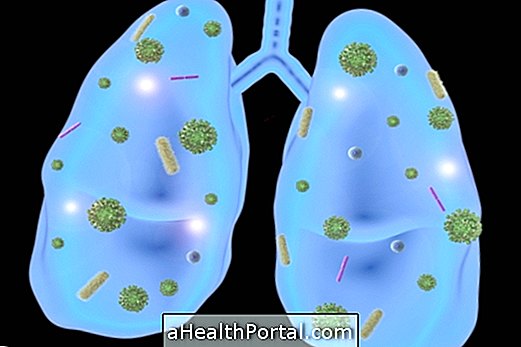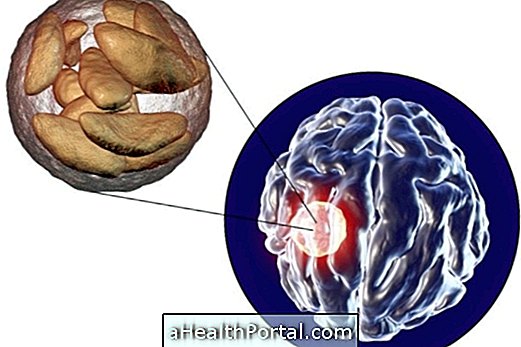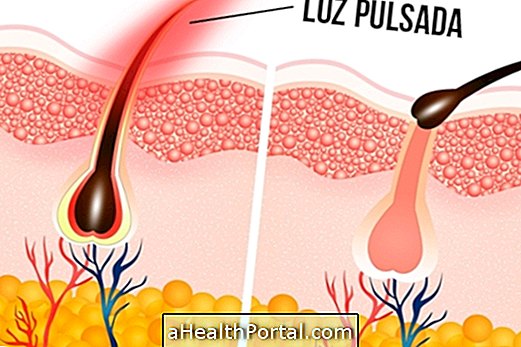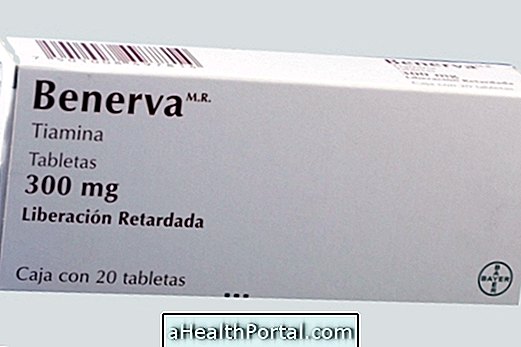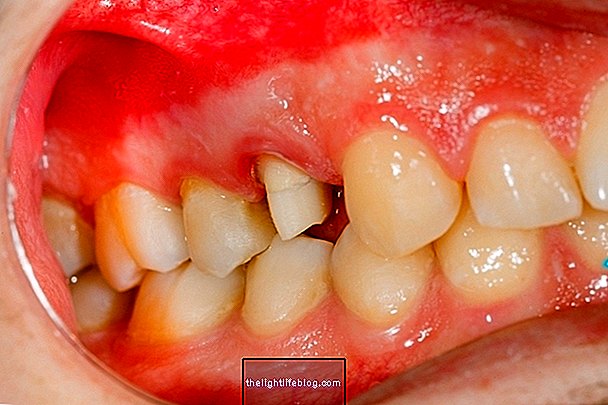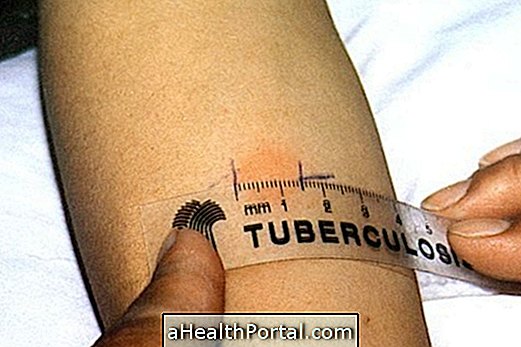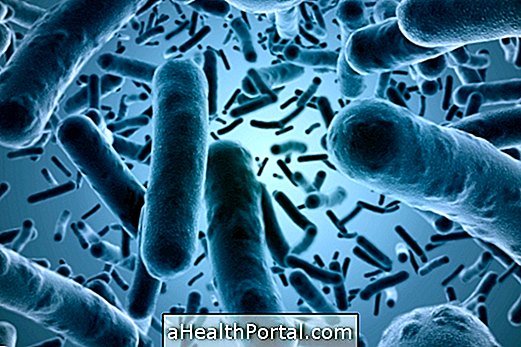Dysentery is a gastrointestinal disorder in which there is an increase in the number and frequency of bowel movements, where the stool has a softer consistency and there is also the presence of mucus and blood in the stool, in addition to the appearance of abdominal pain and cramps, which are usually indicative of injury to the intestinal mucosa.
Dysentery is in most cases associated with bacterial infections, mainly Shigella spp. and Escherichia coli, but it can also be caused by parasites, including the protozoan Entamoeba histolytica. Regardless of the cause, it is important for the person to see the general practitioner as soon as the symptoms of dysentery appear, as this way it is possible to start treatment and prevent complications, especially dehydration.

Dysentery symptoms
The main symptom of dysentery is the presence of blood and mucus in the stool, however other signs and symptoms are usually observed, such as:
- Increased frequency to evacuate;
- Soft stools;
- Nausea and vomiting, which may contain blood;
- Tiredness;
- Dehydration;
- Lack of appetite.
In dysentery, as the frequency of bowel movements is greater, there is a great risk of dehydration, which can be serious. Therefore, as soon as signs and symptoms indicating dysentery are noticed, it is important that the doctor is consulted, as well as it is also important to drink at least 2 liters of water and make use of oral rehydration serum.
In addition, if dysentery symptoms are noticed, it is important that treatment be started immediately afterwards to prevent other complications from occurring in addition to dehydration, such as intestinal bleeding and malnutrition.
Difference between diarrhea and dysentery
Although in both situations there may be an increase in the number of bowel movements per day and changes in the consistency of stools, in dysentery it is possible to observe the presence of mucus and blood in the stools, which does not happen in the case of diarrhea.

Main causes
Dysentery is caused by infectious agents that can reach the gastrointestinal system and cause irritation to the mucosa and that can enter the body through the consumption of contaminated water and food.
Most cases of dysentery are bacterial in origin, caused mainly by bacteria Shigella spp., Salmonella sp.,Campylobacter spp., and Escherichia coli. In addition to bacterial dysentery, there is also amoebic dysentery, which is caused by the parasite Entamoeba histolytica, which can also contaminate water and food and cause diarrhea when the parasitic burden is very high.
Despite the most frequent cause of dysentery being infection, it can also happen due to the prolonged use of some medications that can damage the intestinal mucosa, in which case it is recommended that the doctor is consulted so that the suspension or change of the medication can be made.
How the diagnosis is made
The diagnosis of dysentery is made by the general practitioner, pediatrician or gastroenterologist by assessing the symptoms described by the person and by performing a stool test in order to identify the agent causing the dysentery.
Thus, it is recommended to perform a parasitological examination of feces, which aims to identify eggs or cysts of parasites, or a co-culture test followed by an antibiogram when there is suspicion of dysentery caused by bacteria.
Thus, in the co-culture exam, the feces are processed in the laboratory so that the bacterium can be identified and then tests are carried out to check the resistance and sensitivity profile of this bacterium to antibiotics. Learn more about the co-culture exam.
See the following video for more information about the stool test:

Treatment for dysentery
It is important that dysentery treatment is started as soon as the diagnosis is made, preferably as soon as the first symptoms appear, to avoid complications such as dehydration, malnutrition, liver abscess or toxic megacolon, for example.
The treatment for dysentery consists of replacing all the water lost through feces and vomiting, with liquids such as water, juices, teas and coconut water, for example, in addition to oral rehydration serum. In addition, food should be light, easily digestible and with plenty of fluids, such as cooked vegetables, vegetable soup, gelatin and fruits, for example.
Depending on the cause of the dysentery, the doctor may also recommend the use of antimicrobials such as Ciprofloxacin, Sulfametoxazol-Trimetoprim or Metronidazole, for example, to promote the elimination of the agent causing the dysentery.
Was this information helpful?
Yes No
Your opinion is important! Write here how we can improve our text:
Any questions? Click here to be answered.
Email in which you want to receive a reply:
Check the confirmation email we sent you.
Your name:
Reason for visit:
--- Choose your reason --- DiseaseLive betterHelp another personGain knowledge
Are you a health professional?
NoMedicalPharmaceuticalsNurseNutritionistBiomedicalPhysiotherapistBeauticianOther
Bibliography
- MINISTRY OF HEALTH. Acute diarrheal diseases (ADD): causes, signs and symptoms, treatment and prevention. Available in: . Accessed on Dec 09, 2019
- BRAZILIAN SOCIETY OF PEDIATRICS. Acute diarrhea: diagnosis and treatment. 2017. Available at:. Accessed on Dec 09, 2019


